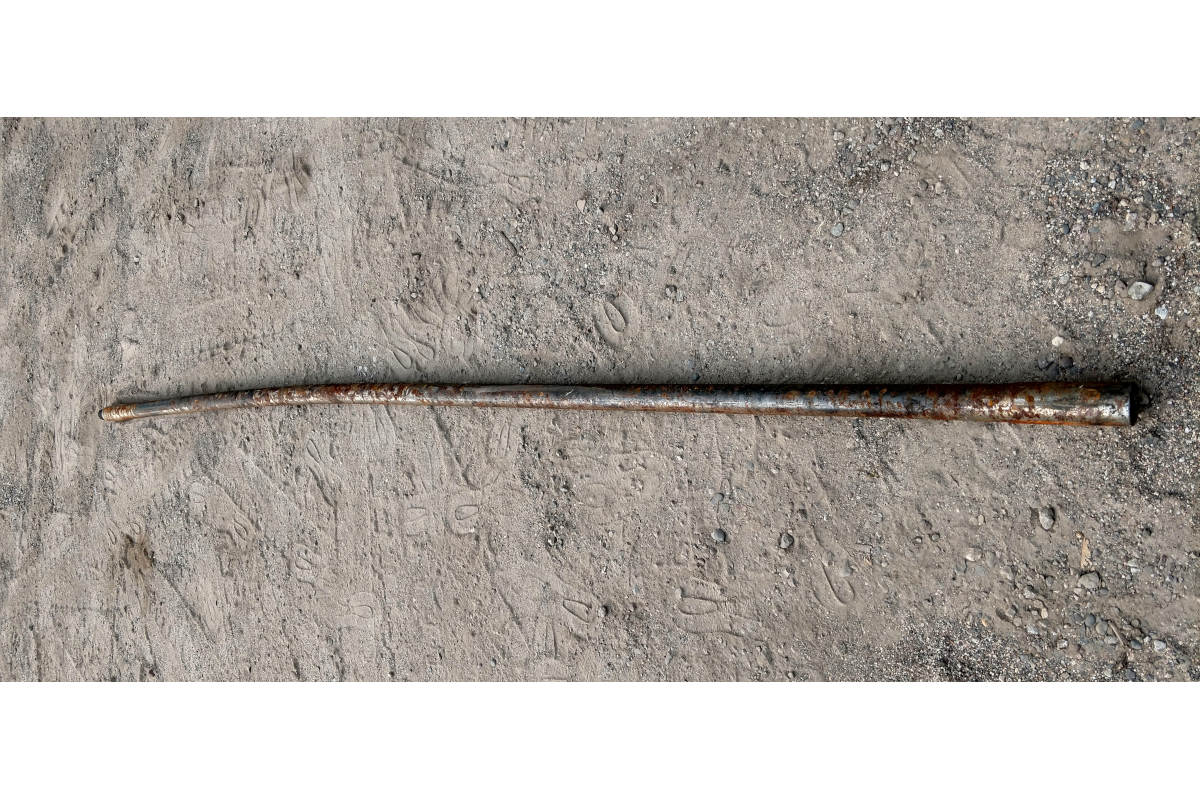Drill Master: Locating’s True Depths
It is often debated whether the locator or the drill operator is in charge of directionally drilling a pilot hole. The truth is that they are both responsible.
A successful installation depends on two skilled people working together as a team. There is, however, no debating who is responsible for seeing where the bus is headed. The locator must know the position and direction of the pilot bore at all times.
This does not have to be a very difficult task if you never venture below about 4 ft (1.2 m). At shallow depths, the magnetic signal is strong and the magnetic field lines are crisp. The locator still has to guide the drill to the desired path, but this can be done relatively easily. The majority of the problems arise when the installation has to go deep or when the drilling takes place in areas of high interference.
Anything that is electrically charged or has some sort of signal running through it emits a signal. Since receivers are designed to read signal, they also pick up these other signals that often are referred to as active interference or background noise. When the interference is great enough, it may drown out or seriously distort the signal coming from the transmitter.
Indentifying Background Noise
The best way to determine the amount of background noise is to turn on your receiver and walk the bore path in the tracking mode. With the transmitter turned off, all the signal picked up is interference. The higher the signal, the worse your day might end up being. This will identify the potential problem areas along your drill path before you drill test it.
The source of interference is typically buried power lines, telecommunication cables with traces on them or signal loops for traffic lights. There are many other sources of interference but these are some of the most common.
One of the ways of combating the interference is to use a more powerful transmitter. In other cases, the source of interference, such as a trace signal, can sometimes be turned off. Generally, the best solution is to get separation from the source of the interference-which might mean keeping the receiver off the ground or tracking the head off to the side.
Passive Interference
There is a different kind of interference, however, that does not emit any signal. Passive interference is due to metal or conductive soils that block or distort the magnetic signal from the transmitter. A common problem is under driveways where you have re-bar and wire mesh in the concrete. This affects the depth and location in that the transmitter appears deeper than it actually is. Again, the solution is to achieve separation from the interference-which means hold the receiver off the ground.
Incidentally, salt or brackish water affects the magnetic signal in a similar way-a 50-ft (15-m) transmitter can change quickly to a 20-ft, 10-ft or a 5-ft (6-m, 3-m or 1.5-m) transmitter in these conditions. Since this kind of interference can not be detected independently by the receiver, the crew needs to be aware of all steel or conductive material along the drill path, and the potential to affect or distort the transmitters signal.
Locating Tricks
Fences and guardrails often play havoc with receivers when locating using signal strength. These metal objects act as antennas for the signal and broadcast a second signal, which will give false signal strength readings.
The magnetic signal now appears stronger to the receiver indicating that the head is shallower than it actually is. This is the time to pull out more tricks from the locating bag.
Receivers will find a locate point in front of and behind the transmitter. These two points from a line that is the direction of the transmitter below ground. The distance between these two points is directly related to the depth. Since these points are in front of and behind the head, they are often not affected by interference present directly over the head. These points also help the locator to make steering corrections before they actually get off course. This in turn makes the pilot bore not only quicker and straighter, but safer as well.
Not only does the range of the transmitter decrease, but the depth readings become incorrect.
There are different ways to locate in any of the above situations, but difficult conditions require using all the information available to the locator and cross-checking the data to accurately understand how the drill is advancing.




